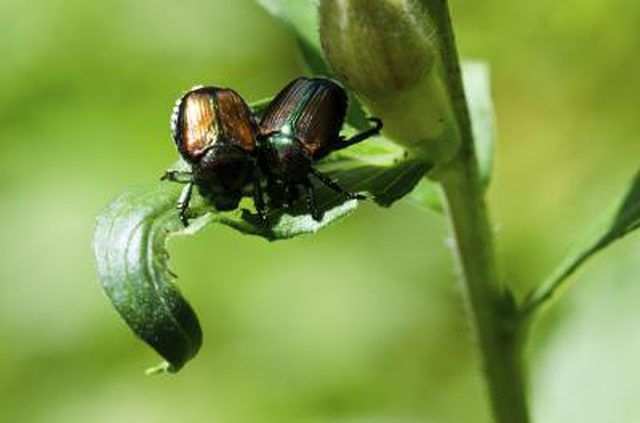Bulbs
Flower Basics
Flower Beds & Specialty Gardens
Flower Garden
Garden Furniture
Garden Gnomes
Garden Seeds
Garden Sheds
Garden Statues
Garden Tools & Supplies
Gardening Basics
Green & Organic
Groundcovers & Vines
Growing Annuals
Growing Basil
Growing Beans
Growing Berries
Growing Blueberries
Growing Cactus
Growing Corn
Growing Cotton
Growing Edibles
Growing Flowers
Growing Garlic
Growing Grapes
Growing Grass
Growing Herbs
Growing Jasmine
Growing Mint
Growing Mushrooms
Orchids
Growing Peanuts
Growing Perennials
Growing Plants
Growing Rosemary
Growing Roses
Growing Strawberries
Growing Sunflowers
Growing Thyme
Growing Tomatoes
Growing Tulips
Growing Vegetables
Herb Basics
Herb Garden
Indoor Growing
Landscaping Basics
Landscaping Patios
Landscaping Plants
Landscaping Shrubs
Landscaping Trees
Landscaping Walks & Pathways
Lawn Basics
Lawn Maintenance
Lawn Mowers
Lawn Ornaments
Lawn Planting
Lawn Tools
Outdoor Growing
Overall Landscape Planning
Pests, Weeds & Problems
Plant Basics
Rock Garden
Rose Garden
Shrubs
Soil
Specialty Gardens
Trees
Vegetable Garden
Yard Maintenance
Where Can You Find Milky Spore for Grub and Beetle Control?
Where Can You Find Milky Spore for Grub and Beetle Control?. Milky spore disease (Paenibacillus popillae) kills the grubs of Japanese beetles, but generally doesn't affect other insects. You can buy the disease-causing bacteria to apply to your lawn to get rid of Japanese beetle infestations. You can buy it at garden centers or hardware stores, as...

Milky spore disease (Paenibacillus popillae) kills the grubs of Japanese beetles, but generally doesn't affect other insects. You can buy the disease-causing bacteria to apply to your lawn to get rid of Japanese beetle infestations. You can buy it at garden centers or hardware stores, as well as at online garden supply companies.
Destructive Grubs and Beetles
Japanese beetles are attracted to more than 300 types of plants and can severely damage them by eating the leaves and flowers. They lay their eggs in the ground and the larvae, or grubs, feed on plant roots and organic matter in the soil. The bright metallic green beetles have copper-colored wing covers, and two rows of tufts of white hair on their abdomens. The grubs are white and curl into a c-shape when disturbed. Make sure you have Japanese beetles before you treat.
Control With Milky Spore
Apply milky spore powder to lawns at a rate of 10 ounces per 2,500 square feet, or as directed on the label, in spring or fall when the grubs are active. Water the area after applying the powder. Once a grub eats the milky spore bacteria, it will contract the disease and die. The disease develops best when the soil temperature is between 60 and 70 degrees Fahrenheit, and may take more than three years to provide effective control in cooler climates.